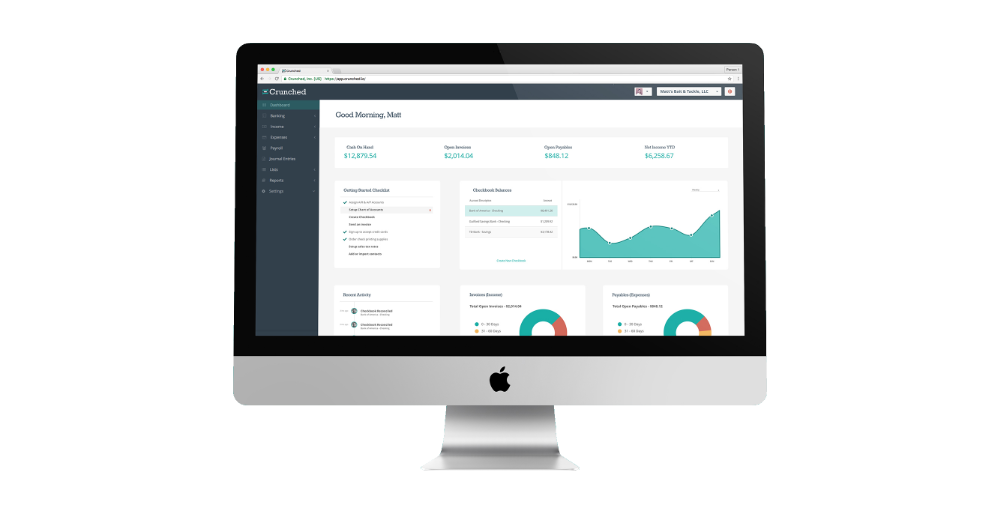Financial Ratios You Need To Start Tracking
Ratio analysis may seem minuscule in the grand scheme of things when it comes to the small business world, but trust me, it can greatly increase your chances of success. I mean, who has time time to calculate such things, and even after you do, what do they mean?
I've come up with what I believe are the top five ratios you should calculate for your small business to track, analyze, and base decisions off of. These calculations don’t need to be tracked daily, but let’s start with monthly. It’s a rather simple process once you begin and you will likely gain some awesome insight into your business.
Top 5 Ratios
Now there are many other ratios that are just as important, but here are my top five to get you started:
Current Ratio The current ratio is defined as current assets divided by current liabilities. Current assets are those items that can typically be converted to cash with a one year period. Those items include your cash and cash equivalents, receivables, and inventories. Your current liabilities are those accounts that will become due within one year such as your accounts payable, payroll and sales tax payable, and short term notes payable.
This ratio is a measurement of a company's liquidity and its ability to meet its financial obligations. A ratio greater than one represents a company that can effectively meet its obligations, while a ratio less than one may present some financial trouble. Striving for a higher ratio will always make for a better financial scenario.
Quick Ratio
Similar to the current ratio, the quick ratio selects your “quick” assets (Cash, marketable securities, and accounts receivables), divided by current liabilities to calculate this measurement of liquidity. This ratio may also be referred to as the acid-test ratio. Other current assets may be involved, just remember to back out your inventories in this case.
Profit Margin
This is my favorite ratio and probably the most widely referred to by small business owners. They are always asking, “well, what is my profit margin?” It really is a simple calculation, just take your net income and divide it by your total sales.
You may also track this calculation from a gross profit perspective, known as, you guessed it, your gross profit margin. This ratio only takes into account your cost of goods sold. Simply take your total sales and subtract your cost of goods sold, and divide that back into your total sales. Either method is highly requested and both can be of equal importance to track month over month and even year over year.
Inventory Turnover Ratio
Assuming you are in a line of business that maintains certain levels of inventories, this ratio can provide great insight into inventory management. The inventory turnover ratio will tell you how many times you have sold or replaced your inventory. The calculation is your cost of goods sold divided by your average inventory. You may also use your sales and divide that by your inventory, as some prefer. Either way, you will be striving for a higher ratio, which means you are generating the most out of your inventory and effectively managing inventory levels.
Accounts Receivable Turnover Ratio
If you send invoices you are likely familiar with waiting to get a paid, or not getting paid at all in some unfortunate cases. Your accounts receivable turnover ratio is a great indicator of how well your business is able to collect on its credit extended to customers.
The accounts receivable turnover ratio is calculated by dividing your receivables sales by your average accounts receivable balance. The higher the rate, the better a company is at collecting on its receivables.
Summary
Start by selecting the ratios that you can calculate on a regular basis (monthly, yearly) and start a spreadsheet to post the results. Just getting an initial base to see where your business stands compared to the industry is a great start. After some time goes by you will hopefully see your ratios trending in a positive direction that was based off of insightful, smart decision making.
Take a look at other ratios that may be relevant to your business, there are many available. Do you already calculate ratios that aren’t on the list? I’d love to hear of them!


